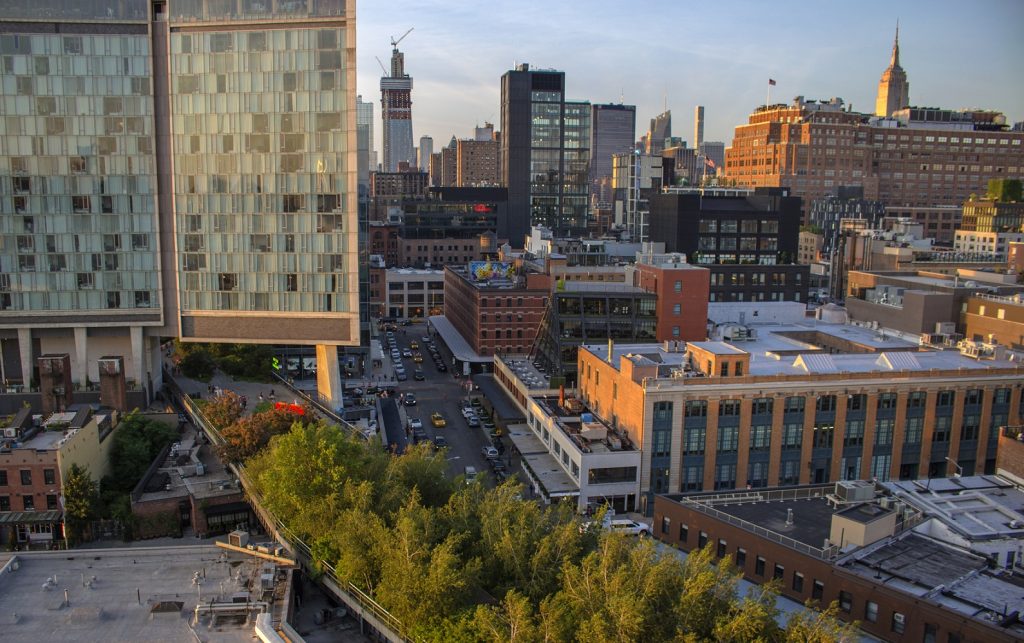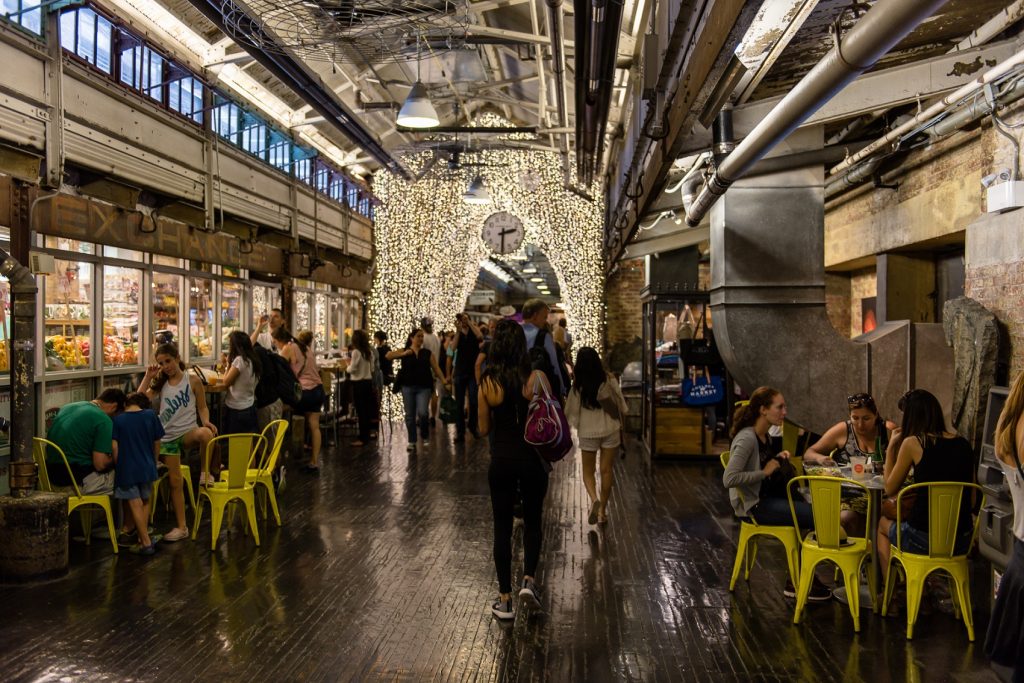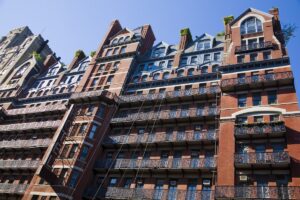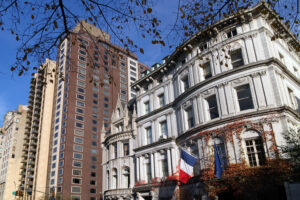
Sandwiched between Chelsea and Greenwich Village lies the Meatpacking District. It’s a lively little enclave filled with fancy shops, hotels, and killer eats, but it wasn’t always this glam. Like most of NYC, and especially Manhattan, the area has gone through several incarnations.
Where Is the Meatpacking District?
The Meatpacking District sits roughly between Horatio Street on the south, West 16th Street on the north, the West Side Highway on the west, and Eighth Ave./Hudson Street on the east. The area takes its name from the hundreds of meatpacking plants and slaughterhouses that used to inhabit it. Once, the district was a major hub for meat wholesalers, but today only a handful remain.
About the Meatpacking District
The area started off as predominantly residential in the early 1800s, as New Yorkers migrated north, then gradually shifted to host markets in the 1880s. Initially, these expansive farmers’ markets were popular for produce, but they moved to dairy and meat markets as refrigeration became more available. Still, the area didn’t stray far from its Native American roots as a trading hub. The neighborhood formerly known as “Sapokanikan” became a hot spot for all kinds of industries, including turpentine distilleries, terra cotta and granite works, iron works, the lumber industry and a freight yard of the Hudson River Railroad Company.
The Meatpacking District was also home to the National Biscuit Company, or Nabisco. From 1898 to 1959, the building that is now Chelsea Market was responsible for making Oreos, Nilla Wafers and various other cookies and crackers for the masses.

Chelsea Market has endless food options.
The Meatpacking District then experienced a decline from the 1970s to 1990s, as the local industries became obsolete. Many of the packing plants closed due to the proliferation of supermarkets, which made going to a butcher shop unnecessary. As the markets closed, the industrial neighborhood gave way to a thriving club scene and a seedy reputation for prostitution, drugs and crime.
During the 1990s, the neighborhood’s luck started to change for the better. Suddenly, it was a popular choice for designers to set up shop. Some of the neighborhood’s early tenants included Diane von Furstenberg, Alexander McQueen, and Moschino. The Greenwich Village Society for Historic Preservation, along with the New York State Parks, Recreation and Preservation Department took note of the new improvements, and worked to get Gansevoort Market registered as a historic district and listed as a NYC landmark in 2003.
After relocating to the Meatpacking District, the Whitney Museum worked with the city to extend the lease for the few remaining meat wholesalers at the Gansevoort Meat Market in the area until 2031. The opening of the High Line, an elevated park built from an abandoned rail line, made the area a draw for residents and tourists alike. With this revitalization of the area, the Meatpacking District is now a place to see and be seen.
Living in the Meatpacking District
As a popular backdrop for photo shoots, a set for television shows like “Power,” and a home to many trendy new bars, the Meatpacking District has come a long way from its humble beginnings. With the area’s new status, rents are pretty pricey. The median asking rent in the area is a hefty $5,072.50. The mix of old and new, coupled with cobblestone streets, certainly doesn’t come cheap.
Despite the new glass-and-steel developments along the High Line, the neighborhood still retains some of its old architectural character thanks to the landmark guidelines. It’s not uncommon to find Greek Revival townhouses, old brick converted lofts, and modern buildings within the nabe.
Things to Do in the Meatpacking District
While the rents in the area may be pricey, the Meatpacking District offers plenty of entertainment for a day trip in the city. Visitors can people-watch, stroll down the High Line, or take in exhibits at the Whitney Museum (along with its amazing city views). While a hotel stay in the area can be costly, the Standard Biergarten is a relatively affordable option for snacks and beers. Brass Monkey, which has been in the neighborhood since 2004, is a great option for a casual drink and pub grub. And of course, Chelsea Market is itself now a NYC landmark that draws thousands of tourists each year to its food stalls and retail stores.
On the higher end, check out Old Homestead Steakhouse — just look for the giant cow hoisted over the entryway. Opened in 1868, it is one of the longest continually running restaurants in the nation, and a fitting symbol for the deeply historic but now very upscale Meatpacking District.
—
Hey, why not like StreetEasy on Facebook and follow @streeteasy on Instagram?









